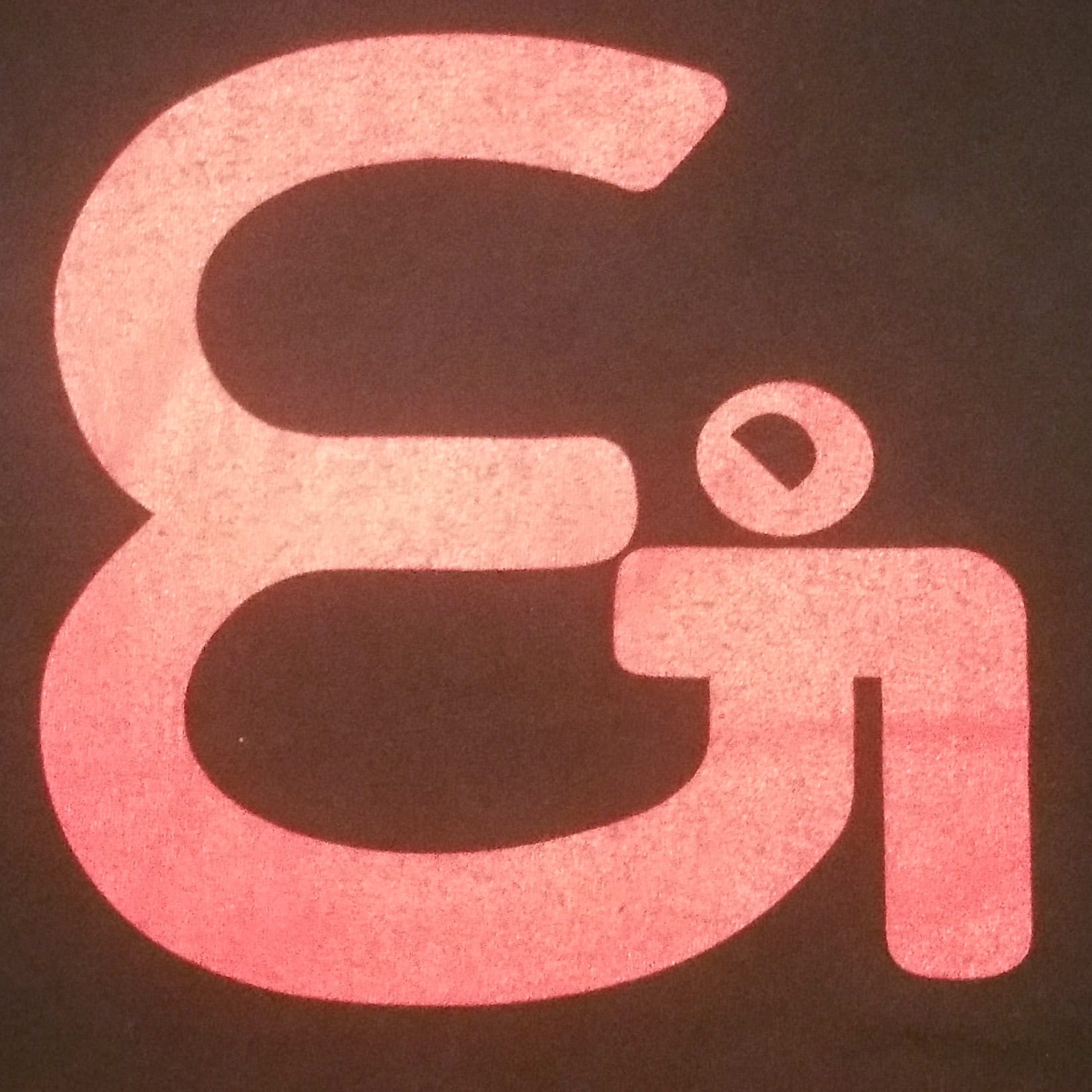10 Techniques for Writing Memorable Songs

Posted on October 5th, 2022
Great songwriters use these ten practical tips when composing new music and lyrics.
1. Compose a catchy melody
There are millions of songs that share the same three- and four-chord progressions. Why do some of these songs get stuck in our heads? The answer may be the melody. If you're trying to write an earworm, the melody is the most important part of the songwriting process. Successful melodies typically move in stepwise motion (up or down either a half-step or a whole step) with a few leaps (up or down any larger interval). They also often have a focal point—a high note in a melodic passage that anchors the rest of the melody line.
2. Use all types of chords
If you only stick to the same few chords, you’ll limit the scope of your musical ideas. Try composing songs that contain all types of chords—major, minor, dominant, diminished, and augmented—for a more complex and interesting sound.
3. Create a memorable rhythm
Many of the catchiest, most popular songs—from country hits to hip hop gems—are memorable because of a rhythmic motif. The next time you listen to your favorite songs, take note of how a funky or syncopated melody or backing track can be the catchiest part of the song, then get creative with the rhythm of your own songs.
4. Build your song around a riff
Whether you're a guitarist, a pianist, a bassist, or a non-instrumentalist, you can compose riffs that anchor an entire song. From Tom Morello's funk-metal guitar lines on Rage Against the Machine's "Bombtrack" to the Timbaland-produced synth lick on Jay-Z's "Dirt Off Your Shoulder," riffs can carry a track. As such, they're one of the best songwriting tools at your disposal.
5. Write a song you can play live
Today's music production software enables songwriters to create digital symphonies in their home recording studios. Digital audio workstation (DAW) software is a remarkable tool for making music, but you should also think about how you can perform your songs live. Record company executives want to see how musicians connect with live audiences, so your music should be just as compelling when played live as it is in recorded form.
6. Step away from your instrument to write
Common logic would suggest that you should write songs while seated at the piano or holding a guitar. Most of the time, this works great, but it may cause you to fall back on familiar tropes, which can leave you in a songwriting rut. Try setting the instrument down, going outside, and writing melodies and rhythms in your head. If you have some good ideas, sing them into a voice recorder on your smartphone. Then, return to your instrument and figure out how to play them instrumentally.
7. Get ambitious with song structure
Most songs contain some combination of the following elements: an intro, a verse, a pre-chorus, a chorus, a bridge, instrumental solos, and a coda or outro. Challenge yourself to write a song that does more than just toggle back and forth between verses and the chorus. At the very least, try the well-established song structure: verse/ chorus/ verse/ chorus/ bridge/ chorus. Many hit pop songs use this structure.
8. Approach your lyric-writing with both structure and spontaneity
Writing lyrics is tricky. Have a plan for your lyric-writing process, but leave space for discovery. For instance, you may know what the song will be about in broad terms, or you may have a song title picked out and a few lyrical ideas already written; but just like a poet, learn to let the lyrics come to you. You may find yourself drawn to certain lines based on nothing more than the consonance and assonance of words.
9. Use rhyme as a tool.
Rhyme scheme can make song lyrics catchy, cohesive, and easy to memorize. But rhyming isn’t always necessary for songwriters. Sometimes an idea cannot be adequately expressed in rhyme; if this is the case, follow the idea, not the rhyme.
10. Learn to break through writer's block
A great way to fight writer's block is to vary your creative process. Do you normally write music first and then lyrics? Try doing it the other way around. Do you normally strum chords and then improvise a melody on top of that? Set down the guitar and start with a melody or riff. Try writing a song on a new instrument or in a genre that’s unfamiliar to you. Moving out of your comfort zone can help jumpstart your creativity.
Source
Contact Us
Get in Touch!
Leave us a message with your questions and doubts, and our team will get back to you as soon as possible.
